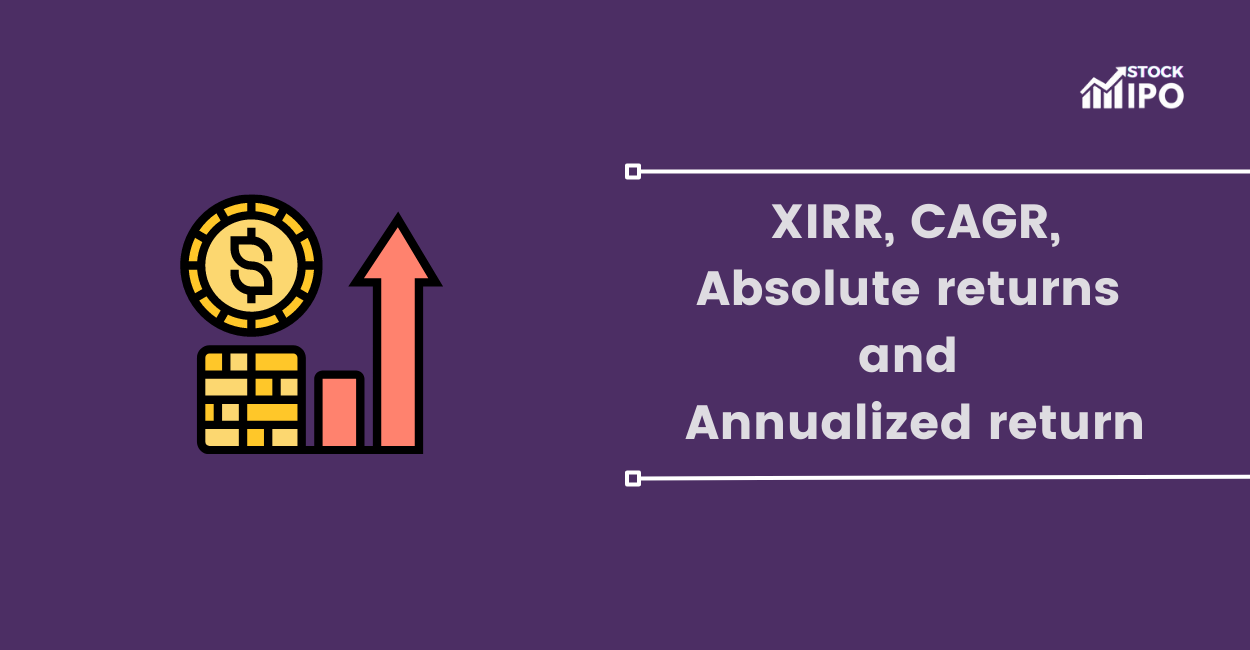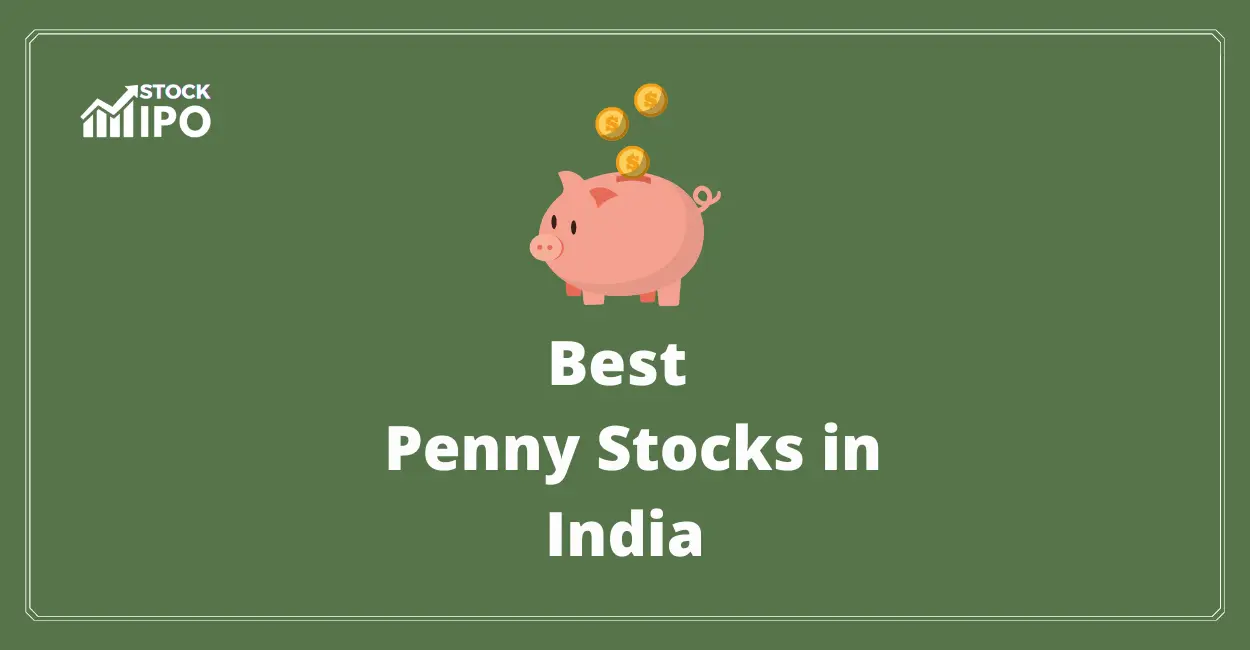Return on Equity, popularly known as ROE, is a crucial metric for investors and analysts. It offers insights into a company’s profitability by revealing how much profit a company generates relative to the money shareholders have invested. For the Indian market, where businesses range from budding startups to long-standing conglomerates, understanding ROE can significantly aid in making informed investment decisions.
What is Return on Equity (ROE)?
In simple terms, Return on Equity measures a company’s ability to generate profits from its shareholders’ investments. It is calculated as:
[ ROE = {Net Income}/{Shareholder’s Equity} ]
Where:
- Net Income is the profit of the company after all expenses and taxes.
- Shareholder’s Equity is the total value of assets minus total liabilities, representing the net value belonging to shareholders.
Why is ROE Important?
- Performance Evaluation: ROE helps in assessing how effectively the management is using shareholder capital to produce profits. A higher ROE indicates efficient utilization of equity.
- Comparative Analysis: For investors, comparing ROEs across companies within the same sector can offer insights into which company manages equity better.
- Investment Decisions: Generally, companies with a consistently high ROE are considered good investments. However, it’s vital to consider other financial metrics and the broader market scenario before investing.
Given the diverse nature of Indian businesses, ROE can vary widely:
- IT Companies like Infosys or TCS typically have high ROEs because they have low capital expenditure and high profit margins.
- Infrastructure or Capital Intensive Industries like Tata Steel or Adani Ports might have a lower ROE because they require significant investments in assets to generate profits.
Example: Let’s consider an Indian company, ABC Ltd., which reported a net income of ₹10 crores and a shareholder’s equity of ₹50 crores. The ROE would be:
[ ROE = {₹10 crores}/{₹50 crores} = 0.2 or 20% ]
This means that for every rupee of shareholder’s equity, ABC Ltd. generated a profit of 20 paise in that period.
Potential Pitfalls with ROE
- High Debt: A company can artificially boost its ROE by taking on excessive debt. More debt can decrease shareholder’s equity, thus inflating the ROE.
- Non-recurring Items: Occasionally, a company’s net income might include one-time gains or losses. These can distort the ROE, making it essential to differentiate between recurring and non-recurring components.
- Industry Variations: As mentioned earlier, ROE can differ significantly across industries. Comparing the ROE of an IT company with a manufacturing entity, for instance, wouldn’t provide meaningful insights.
Conclusion
For Indian investors, Return on Equity is an indispensable metric, offering a window into a company’s profitability concerning shareholders’ equity. While a high ROE can be an indicator of a company’s strong financial health, it’s crucial to analyze it in conjunction with other metrics and understand the nuances specific to industries and market conditions. As always, making informed decisions, backed by thorough research, is the key to successful investing.






